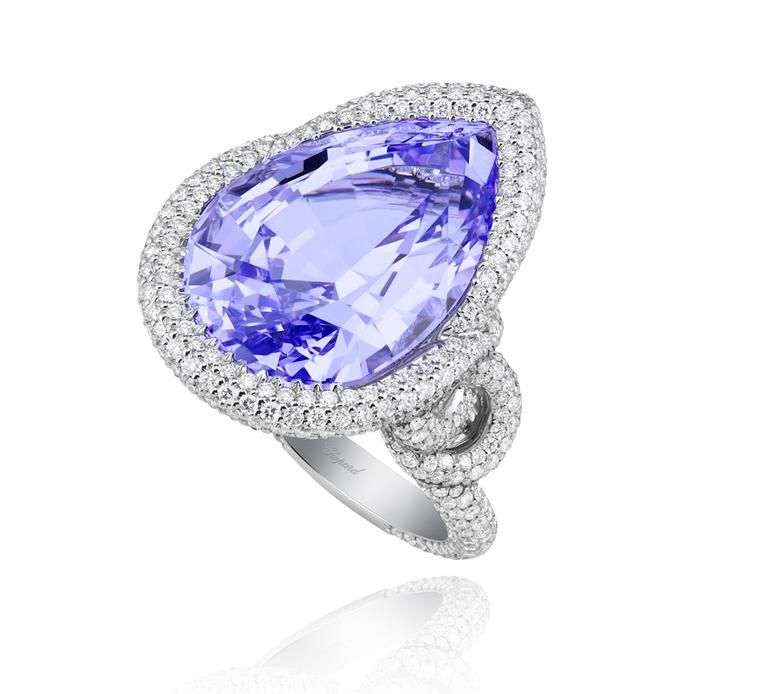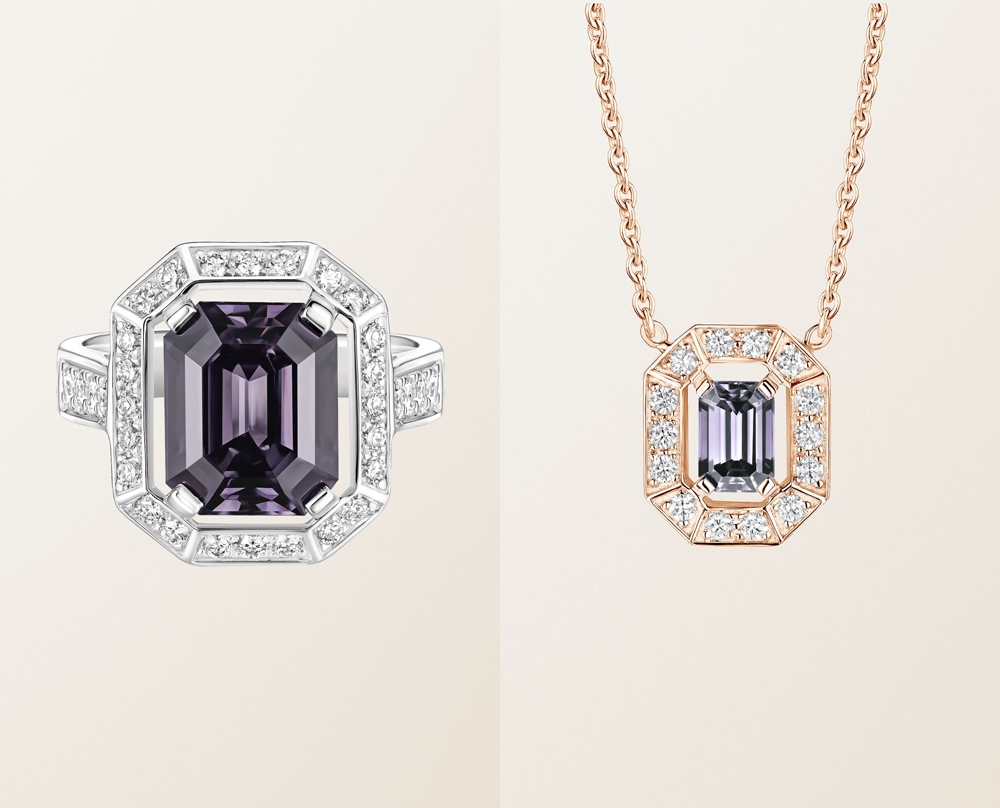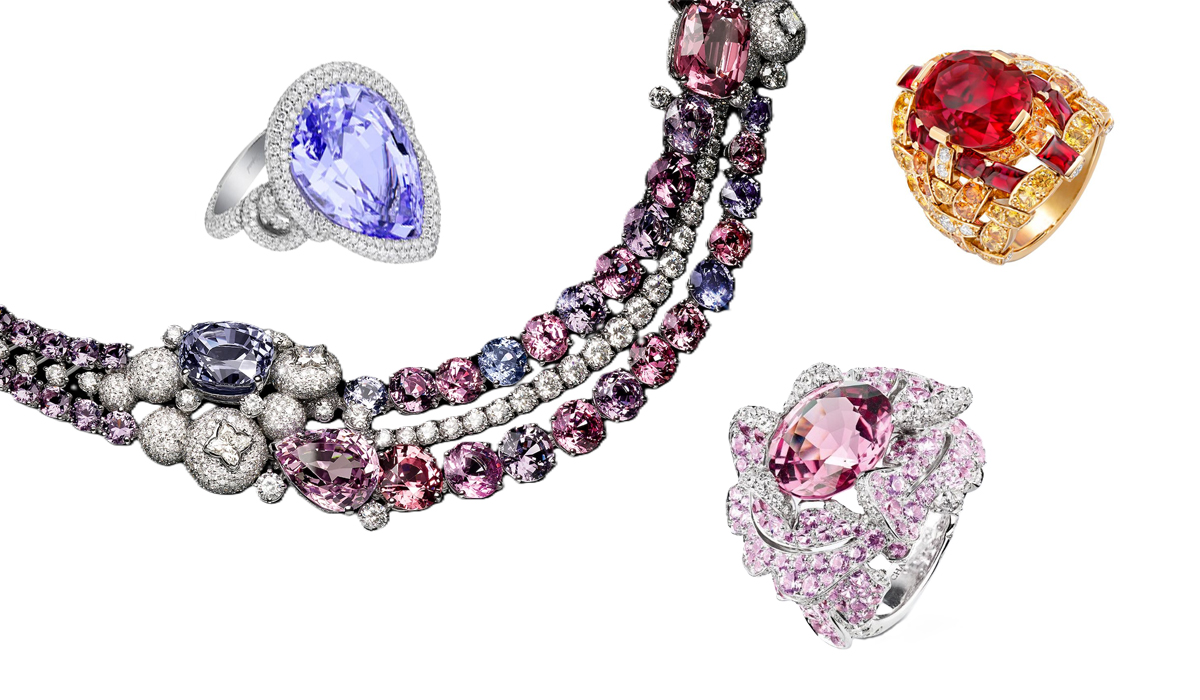Spinel, once mistaken for ruby, is steadily reclaiming its rightful place in the pantheon of precious gemstones. With its kaleidoscope of colors, remarkable durability, and storied history, this gem offers both aesthetic beauty and cultural depth—perfect for connoisseurs and designers alike.

Spinel belongs to the cubic crystal system (MgAl₂O₄) and crystallizes in characteristic octahedral shapes, often displaying the intriguing “spinel twin” formation. Its perfection is such that in Burma, spinel crystals are said to be nat thwe, or “polished by the spirits.” Like garnet and diamond, spinel is singly refractive, with the same physical properties in all crystal directions. Well-formed crystals are fairly common in nature and are admired for their symmetry. The gem’s color palette is astonishing: red, orange, pink, purple, blue, black. Classical red varieties owe their hue to chromium; vivid cobalt blue comes from traces of cobalt, while other blues are linked to iron.
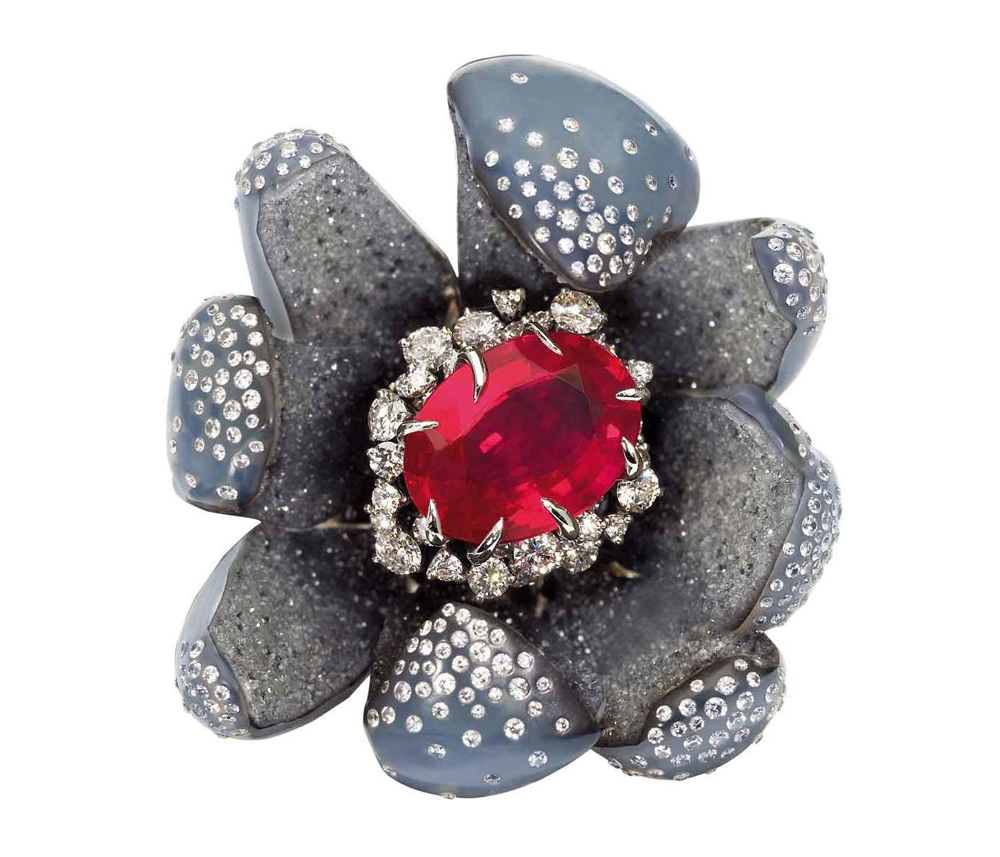
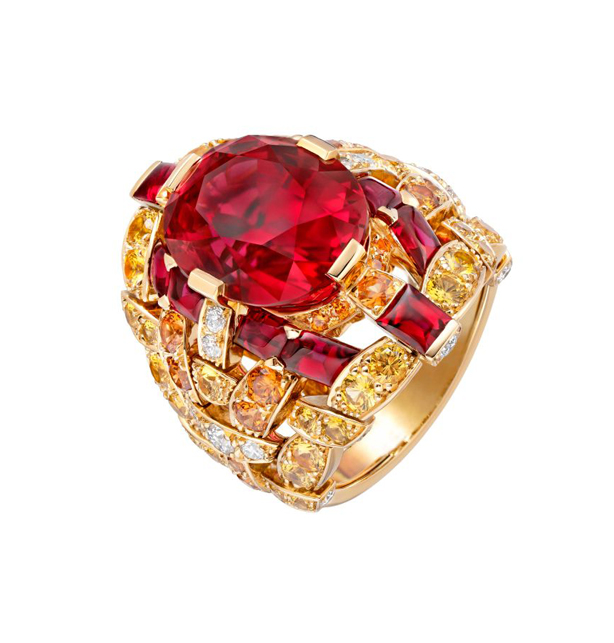
Historically, many red spinels were mistaken for rubies and found their way into royal regalia—including the famed “Black Prince’s Ruby” in the British Crown Jewels. In 1783, French mineralogist Jean Baptiste Louis Rome de Lisle identified spinel as a distinct mineral from ruby, marking a turning point in gemology.
Notable deposits have been found in Mogok (Myanmar) and Badakhshan (Central Asia), both renowned for producing legendary red spinels. More recent sources, such as Mahenge (Tanzania), Luc Yen (Vietnam), and Madagascar, have introduced vivid pinks, electric blues, and purples that have captivated modern collectors.
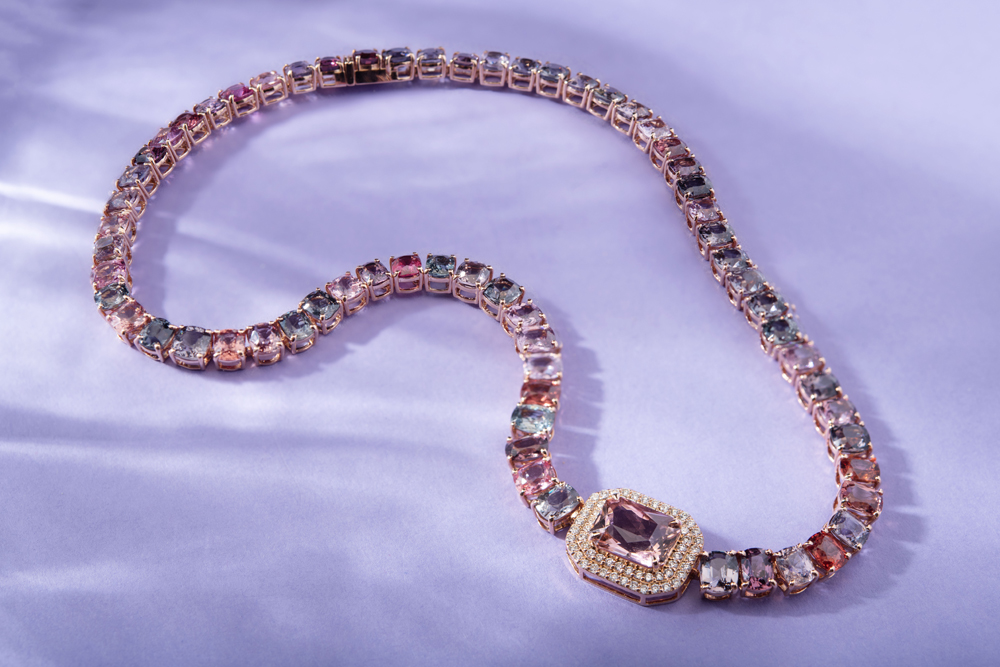
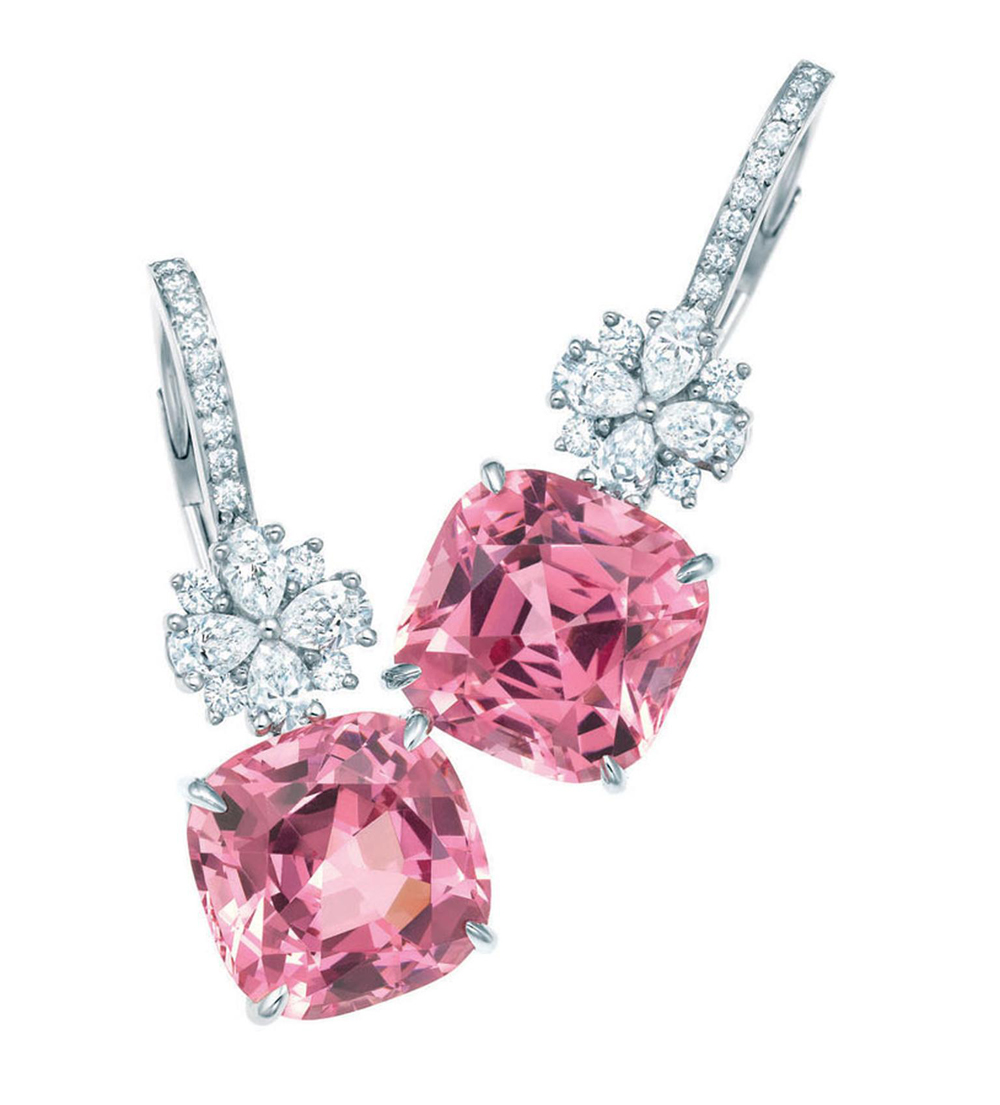
With a Mohs hardness of 8, spinel is just one notch below ruby and sapphire, making it highly suitable for everyday wear. Its brilliance is often achieved without enhancement, and unlike many corundums, natural spinel is rarely treated—a quality cherished by purists. High-quality spinel can be surprisingly affordable compared to ruby or sapphire of similar quality, though rare red or cobalt blue stones can command premium prices.
Spinel’s symbolism is as rich as its colors, representing revitalization, optimism, compassion, and emotional stamina. Each shade carries its own meaning: fiery red for passion, tranquil blue for serenity, nurturing pink for love, grounding black for protection. In spiritual practices, spinel is valued for clearing the mind, fostering positivity, and supporting resilience.
In 2016, spinel was officially added as an August birthstone, alongside peridot and sardonyx—cementing its place in the modern jewelry calendar.
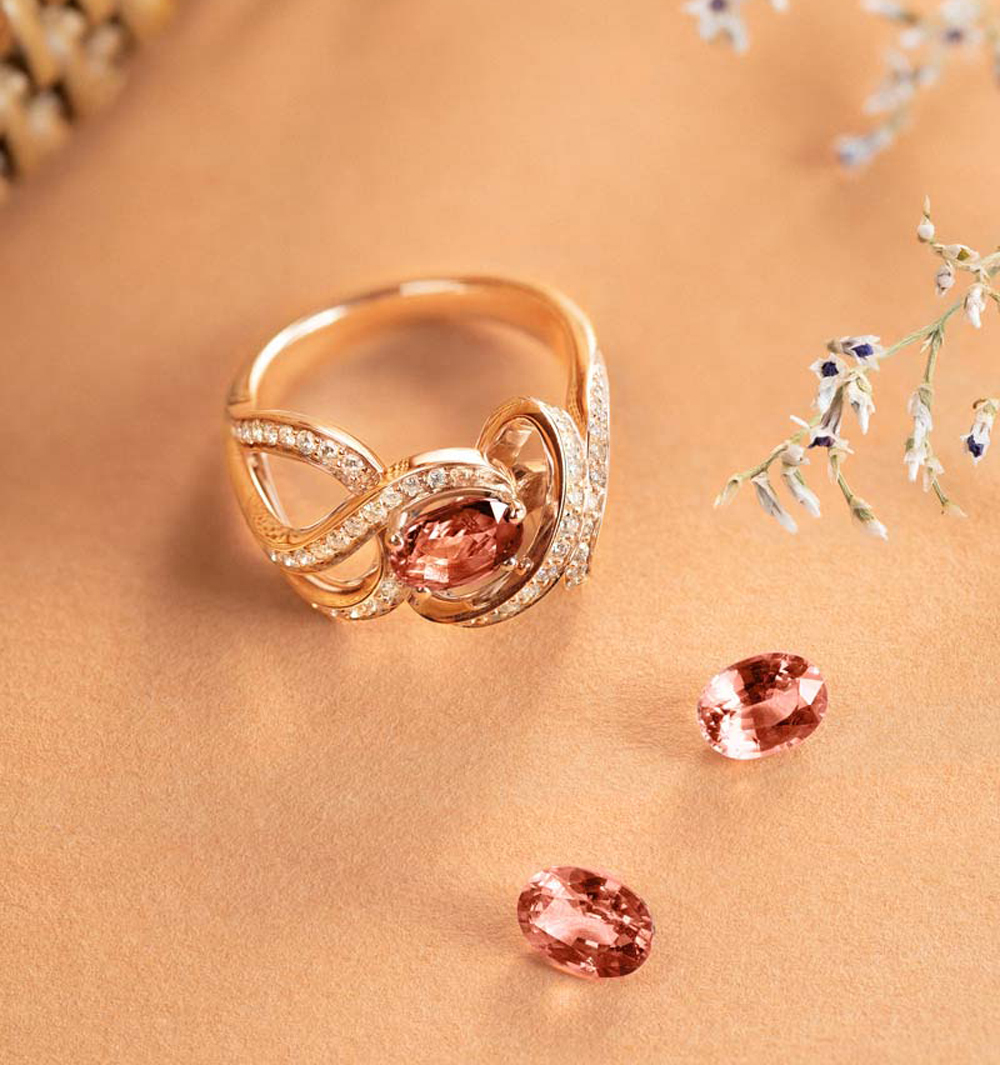
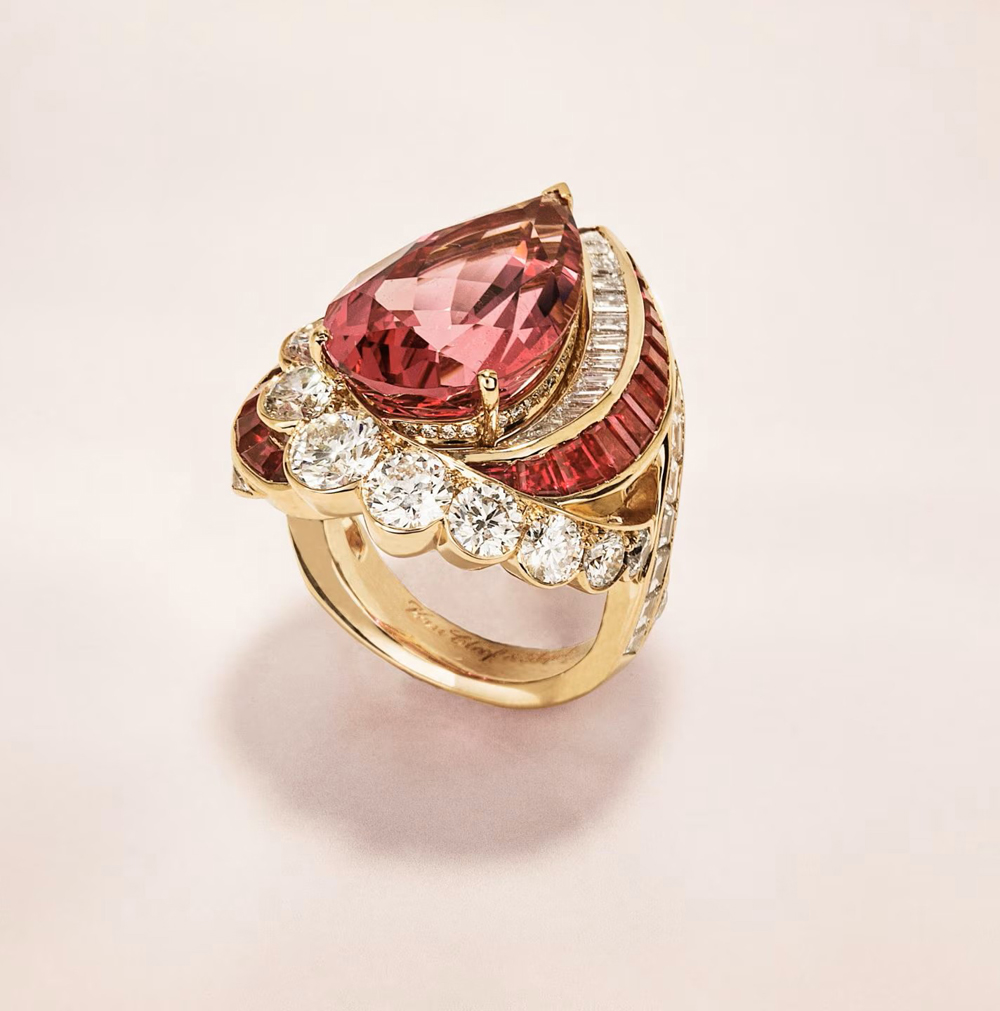
Today, designers are embracing spinel for its versatility, durability, and narrative richness. Its fascinating story—from centuries of royal misidentification to its scientific recognition and modern revival—offers jewelers and marketers a wealth of storytelling potential. Whether featured in a contemporary engagement ring or a bold statement piece, spinel stands out as a gem that blends beauty, history, and authenticity.
Spinel’s rising prestige is no accident. With its vibrant spectrum of hues, enduring resilience, and layered symbolism, it is a gemstone that honors its rich legacy while looking toward a brilliant future.
